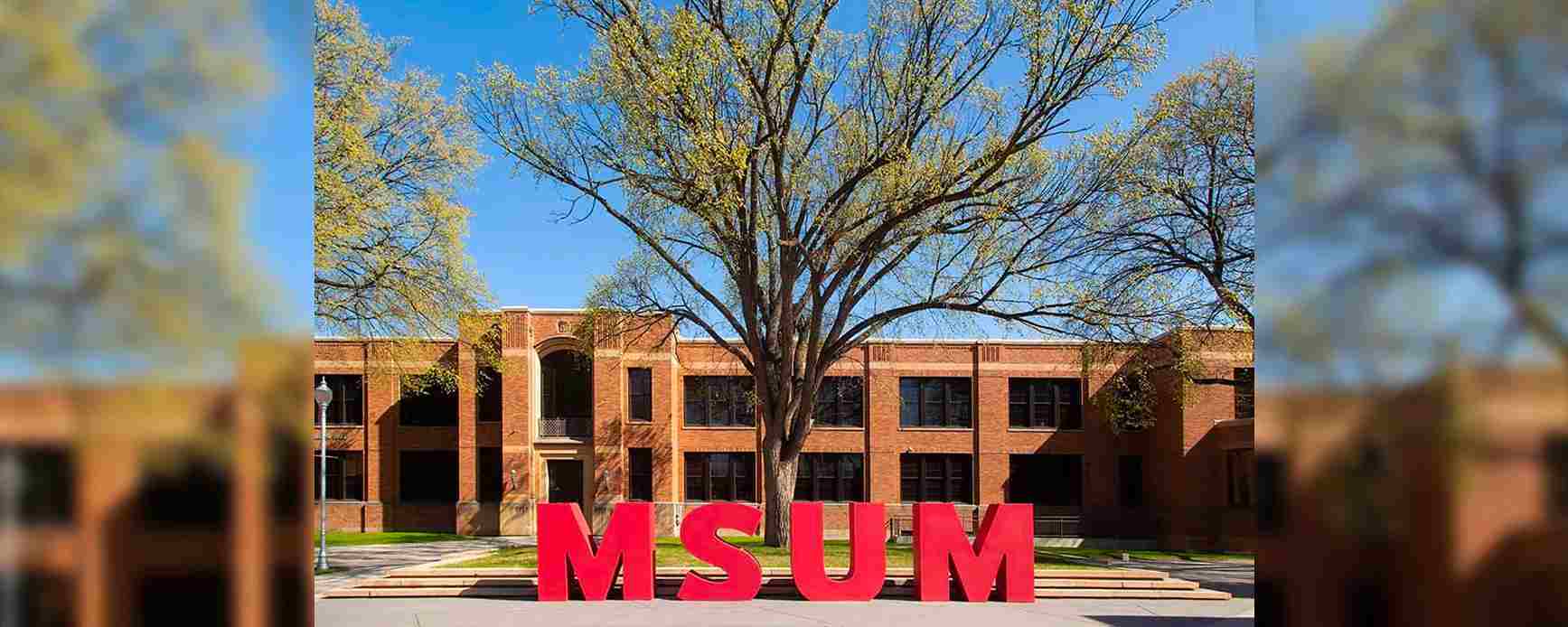
Minnesota State University at Moorhead
Learn how the university saves $1 million in annual energy costs with the EMS and Events2HVAC integration by automating HVAC needs based on scheduled ...
Solutions
Workplace Management Solutions
Real Estate Management Solutions
Maintenance Management Solutions
Energy Management Solutions
Engineering Document Management Solutions
Asset Management Solutions
Automate campus scheduling for classes, meetings, and exams with our EMS software.
Plan and manage conferences effortlessly with EMS software to impress guests and streamline operations.
Boost workplace flexibility and maximize space use with seamless desk and room booking.
Organize workplace or campus events smoothly, creating memorable experiences.
Optimize workspace, manage allocations efficiently, and reduce costs with our space management solutions.
Deliver projects on time and within budget by improving communication, collaboration, and efficiency with our software.
Streamline lease accounting for ASC 842, IFRS, and GASB compliance.
Manage leases efficiently by tracking key dates, analyzing costs, and ensuring compliance.
Centralize data and analytics for better insights, faster negotiations, and revenue growth.
Centralize facility and asset maintenance, automate work orders, and ensure compliance with our CMMS software.
Extend asset life, reduce downtime, and prevent costly repairs with data-driven monitoring.
Prevent equipment failures and extend asset life by detecting and addressing issues early.
Make sustainable, cost-efficient energy decisions by monitoring and optimizing power consumption.
Remotely monitor and control equipment with real-time data to predict issues, boost efficiency, and reduce downtime.
Easily share and collaborate on documents, creating a single source of truth for engineers and contractors.
Manage and analyze assets across their lifecycle to schedule maintenance, reduce downtime, and extend lifespan.
Improve visibility, automate work orders, and ensure compliance for efficient facility and asset management.
Resources
Browse our full library of resources all in one place, including webinars, whitepapers, podcast episodes, and more.
Support
Looking for access to technical support, best practices, helpful videos, or training tools? You’ve come to the right place.
About Accruent
Get the latest information on Accruent, our solutions, events, and the company at large.
Table of contents
The university’s student union uses EMS to schedule more than 2,000 events and 10,000 meetings each year. They recognized the waste of running the union’s heat and cooling system indiscriminately from 6:00 am to 12:00 pm, whether individual rooms were occupied or empty. They wanted to utilize their EMS schedules to regulate their Johnson Controls MSEA (MSEA) controls system so that heating and cooling would only occur in occupied rooms.
The union decided to utilize Events2HVAC by Streamside Solutions. This event automation solution bridges the gap between room schedules and HVAC schedules by pulling data from EMS and sending commands to buildings’ automation systems, HVAC controls, and security systems to automate room conditions per scheduled use.
The union implemented Events2HVAC to pull schedules from EMS and send commands to their MSEA system for 26 rooms. While the 26 rooms comprised only one-third of the union building, they included a 5,200 square foot great hall and a 3,100 square foot auditorium. After deployment, they configured their HVAC equipment to return to settings designated for unoccupied rooms between scheduled events.
After syncing EMS with Events2HVAC and switching to LED lighting, the union’s Building Operations Manager worked with the university’s Energy Management department to track the union’s overall energy efficiency. They tracked electricity, chilled water, and steam use over a period of 8 months.
They compared the utility data to the same period for the previous year, normalizing for differences in weather by including the number of cooling days and the number of heating days for each time period in their calculations. A comparative summary of the results appears in this case study, with the base year pegged at 100%.

The results show a dramatic decrease in energy use. Again, this was accomplished by syncing EMS and Events2HVAC to only one third of the union’s total rooms, as well as incorporating LED lighting.
Other tables illustrate data and calculations for energy efficiency at the union. Note that the charts represent data for the entire building, while the EMS-Events2HVAC integration is controlling just one third of it. Other parts of the building were on a daily building schedule or operated in occupied mode 24/7.

Electricity efficiency related to cooling the building increased 33% over the eight-month period compared to the same eight months of the previous year. During the same time, electricity efficiency related to heating the building increased almost 17%. The university calculated that the total electricity savings from the EMS-Events2HVAC integration and LED conversion came to $10,000 for the eight-month period.

The efficiency increase for chilled water calculated in a similar manner over the same eight-month period was 29% ― and it could have been greater.
Unfortunately we did have a much hotter and colder winter and summer during the time period, so it’s not going to show on the bottom line as much. But if you look at how efficient we’ve been with the weather normalized data, I think that is where the program really speaks for itself in terms of cost avoidance.”— Building Operations Manager
Learn how the university saves $1 million in annual energy costs with the EMS and Events2HVAC integration by automating HVAC needs based on scheduled ...
Hear from Therese Doyle about the "endless opportunities" in EMS and how Babson College uses it to streamline reporting, scheduling, event ...
Hear from AMC Theaters' Nick LaBruzzo about how the company utilizes Lucernex and Lx Contracts for their rent and lease management needs.
Subscribe to stay up to date with our latest news, resources and best practices